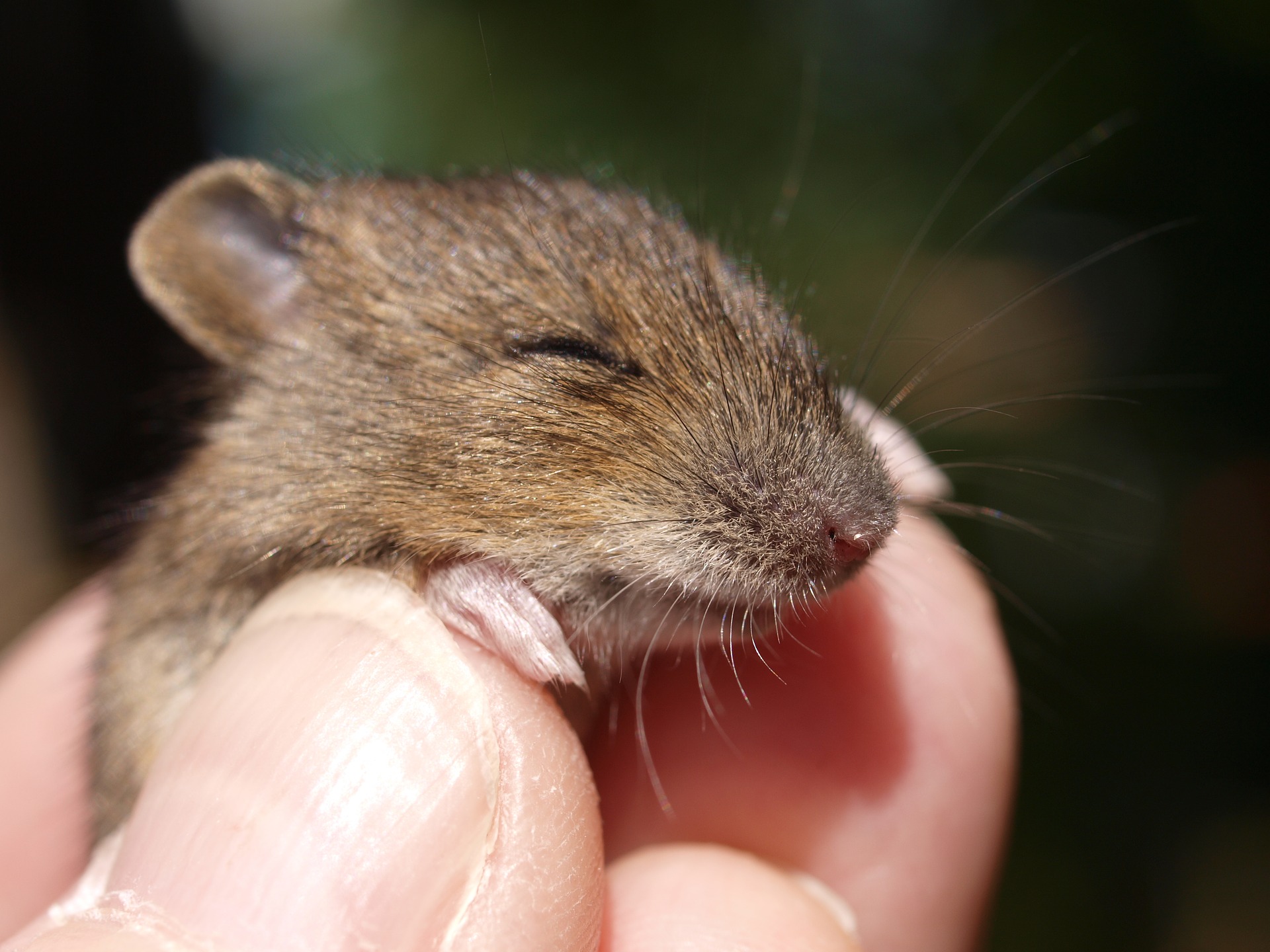Media release
From:
Identifying a mammalian ‘snooze button’
Neuronal circuits that can trigger a state similar to hibernation in rodents are identified in two studies published in Nature this week. Artificial induction of a hibernation-like state could eventually have potential medical applications for humans, although this effect has not been tested in people.
Hibernating animals can lower their body temperature to reduce energy expenditure during times of limited food availability, such as the winter. Previous research has implicated the central nervous system in the regulation of hibernation, but the precise mechanisms involved have been unclear.
To learn more about what drives hibernation, Takeshi Sakurai and colleagues study laboratory mice (which do not hibernate, but exhibit a similar temporary hypometabolic state called torpor). Their experiments identify a distinct set of neurons in the hypothalamus — named Q neurons — that can induce long-lasting (more than 48 hours) reductions in body temperature and metabolism, similar to hibernation. The authors show that these neurons can be activated synthetically with chemicals or light, and uncover the wider circuit of neurons involved in this effect. No adverse effects on mouse behaviour or damage to tissues and organs were observed following the induced hibernation-like state. To determine whether the induced state was distinct from torpor, the authors repeated their experiments in rats, which undergo neither torpor nor hibernation. Once again they found that activation of Q neurons induced a hibernation-like hypometabolic state.
In an independent study, Michael Greenberg and colleagues identify a population of neurons within the hypothalamus that regulate torpor in mice. They demonstrate that stimulating these neurons can drive a mouse to the torpor state, even when there is no shortage of food. The role of these neurons is confirmed by blocking their activity, which prevents natural torpor from being initiated.
These findings help us to understand the neuronal processes that regulate hibernation-like states. Sakurai and colleagues suggest that these neuronal circuits may be conserved in a broad range of mammals, even in non-hibernating species, and posit that it might be possible to selectively manipulate Q neurons. Inducing a state of synthetic hibernation in humans could have the potential to reduce tissue damage after illness or preserve organs for transplantation, although this is currently speculative.




 International
International



